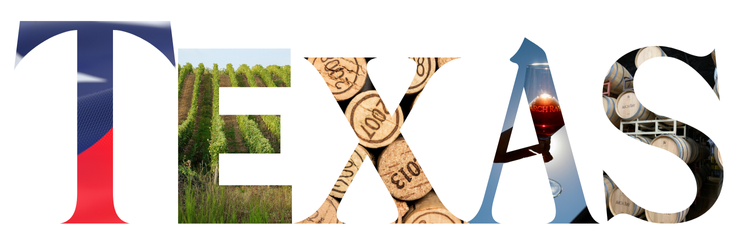
Texas-grown wines, made by wineries such as Slate Theory, Lost Draw, Messina Hof and Arch Ray Resort have created a new passion that has taken the state by storm in the last few decades. For a place that’s known for custom-made leather boots, big cowboy hats and even bigger hairdos paired with the occasional oversized leather handbag, wine might not be the first thing that many would considers a popular draw to the Lone Star State. Yet, in a land that’s known for big ranches dotted with cattle and a wide field of agriculture that’s driven by corn, cotton and wheat, what is it that makes Texas soil the perfect place to plant endless vineyards and why has it become a canvas for the emergence of the modern industry of viticulture?
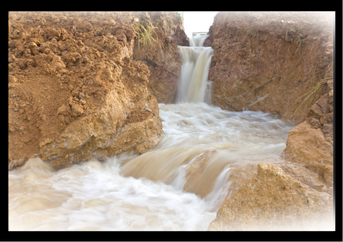
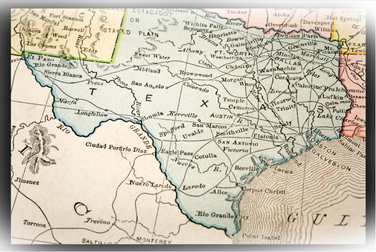
According to an article posted by Texas Wine Growers, because of the combination of age-old bedrock flooded with veins of limestone and granite, much of the vast land here in the 28th state lays the perfect foundation to grow a wide array of Vitis Vinifer that hang heavily within the manicured vineyards every year. In the panhandle region, it’s the high altitude, dry climate and well-draining soil that create the perfect environment for vines to thrive. In the Hill Country, the granite and limestone deposits supply necessary minerals that give the grapes a beautiful burst of flavor.
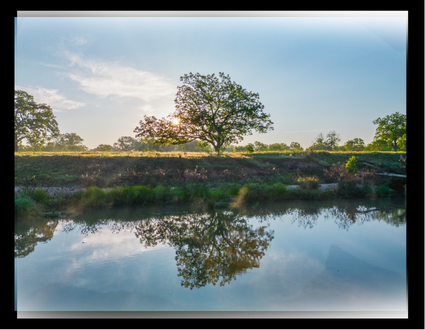
The unique properties of Texas soil come together to produce a most perfect craft that can be served inside of the classy tasting rooms that peek above the rows of vines within the rolling countryside in Central Texas. Other places in the world such as Italy, France and California, where rich soils are expected to be plentiful in between the river valleys and lush landscape, have produced world-renowned vintages with popular labels. But today in the Lone Star State, some of the land that was once used for cattle ranching and cotton-picking now boasts of flourishing vineyards. There are several up-and-coming wineries such as Signor, Augusta Vin, Grape Creek Vineyards and Wildseed Farms that have come to thrive in the Texas Hill Country, but it’s the story of the Baxter family that gives a fantastic example of how an generational ranch deep inside of the heart of Texas transformed from being solely a cattle ranch to eventually boasting of overflowing vineyards that produce some of Texas’ finest wines.
The Story of the Baxter Ranch
In 1894, the Baxter family arrived in Central Texas after they had “inmigrated” from the natural state of Arkansas. The group of nine siblings split up and began to buy large swaths of land within the area of the Hill Country where Lampasas County meets San Saba County. The family-owned parcels of land stretched for miles into the area of Bend, Texas. Syrus Almond Baxter, one of the youngest of the nine siblings, chose a piece of land that lined the banks of the Colorado River. His vision was to create a lasting legacy for his descendants.
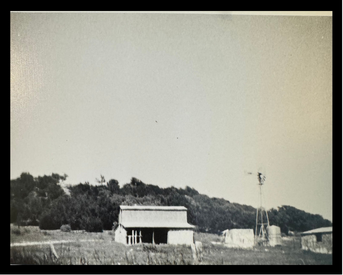
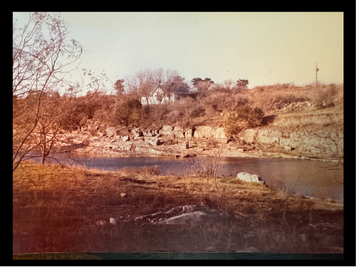
The ranch quickly became an outdoor sanctuary where cattle could roam and the family gardens were planted there every year for harvest. They used the natural resource of the flowing river for irrigation, drinking water and the sloping riverbanks were perfect to bathe in when the weather would permit, and sometimes when the weather didn’t agree. The main house was built roughly about a quarter mile from the riverbank. For decades, the land was solely used to support the cattle and knowledge of the ranching trade was handed down from one generation to the next. As each generation was raised up on the ranch, they were taught the value of hard work from the very beginning which is a family trait that they still live by today.
Texas Soil: When one man sees the potential of the land
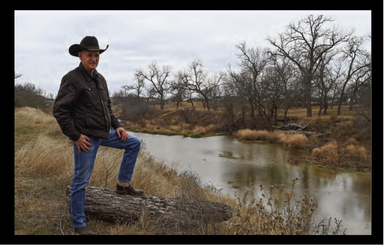
If you visit the Baxter Ranch, one thing you can sense is the deep heritage that’s rooted within the land. The thing about a legacy that’s handed from one generation to the next is this…legacy is meant to be built upon. When one dreamer hands the future to the next, incredible things are possible. When the elder dreamers inspire the youth to envision a greater future, the simple things in life can become something that’s extraordinary…
It was in the early 1980’s, roughly 100 years after the initial settling of the family, that the vision for the land began to shift when Stephen Baxter, the fourth-in-line of Syrus Almond Baxter’s descendants, recognized an untapped potential hidden within the depths of the land. A large amount of sandstone was embedded throughout the property. Eventually, Steve and Sally founded Texas Stone Products, a small family-owned quarry business. They harvested the sandstone to sell to the quickly expanding luxury housing market in the Dallas/Fort Worth area.
Steve spent years out on the acreage harvesting the rock and tending the cattle, but as time continued to pass, he began to realize that there was another craft hidden within the Baxter Ranch. The loose, Texas soil was deposited richly by the nearby Colorado River and he knew that it presented a golden opportunity. The loamy and alluvial land found around the Baxter Ranch was a perfect canvas for grapes to grow and this realization stirred a vision within Steve. He could literally envision rows and rows of vines flourishing, one right after another, across the land that his family had called “home” for so many decades. Finally, after twenty years of hard work had been invested into the Texas Stone Products, the Baxters sold the rock-harvesting business in 2003 with their sights set on a shifting vision that held a very bright future.
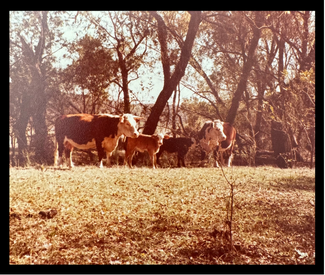
Seven years later, in 2010, the family began to plant grape vines on a small area of the land, which was only about 3.5 acres. European varieties such as Mourvèdre, Bandol, Cabernet Sauvignon and the Spanish grape, Tempranillo, were part of the first crop. It was just a few months later that the Baxter family opened Fiesta Winery on their family land in Bend, Texas. The first label released at Fiesta Winery was titled “Home Sweet Home” in honor of their home based vineyard, and it was the shining star that very first year. Today, the vineyard has expanded to over 10 acres and has produced vintages that have won a multitude of national awards.
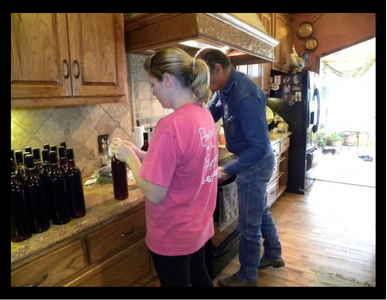
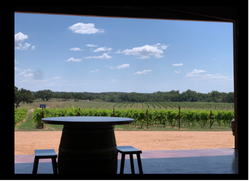
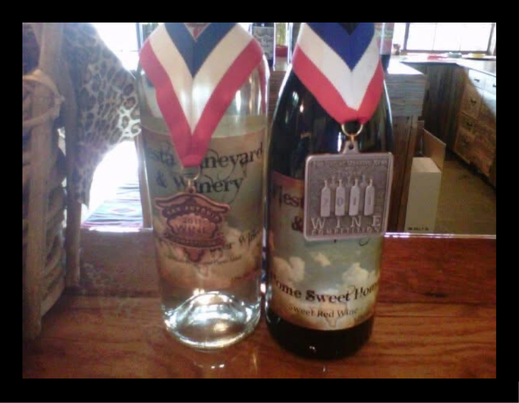
Texas Soil: One Small Vision Begins to Bloom into Even Greater Things
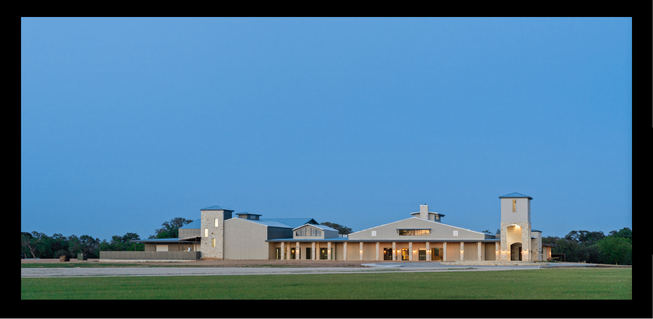
Now, fifteen years later, the Baxter family has opened multiple Fiesta Winery tasting rooms throughout the Hill Country offering 49 different labels, including many varietals and blends. Their second winery, Arch Ray Resort, opened in Fredericksburg, Texas at the end of 2023. Arch Ray Resort offers an array of dry wines as well as seasonally hand-crafted beer made in the Ogle Brewery, a fantastic choice of spirits that comes from the Paul Bee Distillery as well as incredible entrées in the Ranch-to-Table Restaurant titled, 1894, all of which are located on-site at the resort.
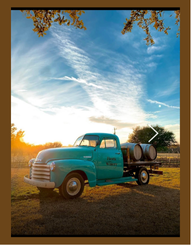
Come and visit Arch Ray Resort and Fiesta Winery in Fredericksburg, TX and experience a taste of Texas. Learn more about the history of the Baxter family at Archrayresort.com or Fiestawinery.com and become a part of the story by joining our family and stepping into a true piece of Texas legacy.





